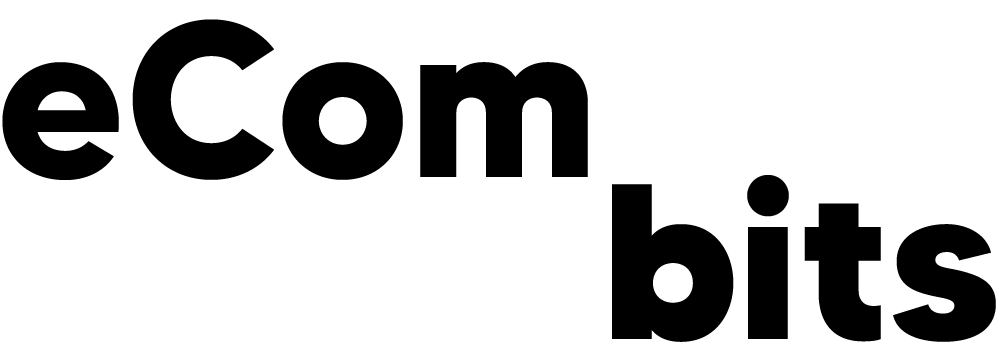Print on demand (POD) is a business model that enables entrepreneurs and artists to create and sell custom-made products without investing in inventory or production equipment.
In this article, we’ll take a closer look at what print on demand is, how it works, and why it’s become an increasingly popular way to start an online business.
Let’s get started.
What is Print on Demand?
Print on demand is a process where products are manufactured only when an order is received. Instead of keeping inventory on hand, businesses work with a third-party manufacturer or supplier that creates the products as orders come in. This enables businesses to offer custom-made products without the high costs associated with traditional manufacturing and inventory storage.
Print on demand is commonly used for creating customized products such as t-shirts, mugs, phone cases, and other items that can be printed with custom designs. The process involves printing the design onto the product using specialized printing equipment, often referred to as a direct-to-garment printer or a sublimation printer.
How Does Print on Demand Work?
The print on demand process typically involves four main steps:
Step 1: Choose a Product
The first step in the print on demand process is selecting the product you want to create. This can include a wide range of products such as t-shirts, hoodies, phone cases, hats, and more. Most print on demand suppliers offer a variety of products to choose from.
Step 2: Create a Design
Once you’ve chosen the product, the next step is to create a design that will be printed onto the product. You can use your own designs or work with a graphic designer to create a design for you. Most print on demand suppliers offer design tools to help you create your own designs, or you can upload your own designs in a specific file format.
Step 3: Place an Order
After creating the design, the next step is to place an order with the print on demand supplier. You’ll need to provide the supplier with the product type, color, size, and the design file. The supplier will then create the product with the design printed on it.
Normally, orders are placed automatically if you’re using a print on demand company like Printful or Printify.
Step 4: Fulfillment and Shipping
Once the product is created, the print on demand supplier will fulfill the order and ship the product directly to the customer. The supplier takes care of all aspects of fulfillment, including printing, packaging, and shipping.
Advantages of Print on Demand
Print on demand has several advantages over traditional manufacturing and inventory-based business models:
Low Overhead Costs: One of the biggest advantages of print on demand is that it requires little to no upfront investment. You don’t have to purchase inventory or production equipment, which can save you thousands of dollars.
No Inventory Management: With print on demand, you don’t have to worry about managing inventory. Products are created only when an order is received, which means you don’t have to store products in a warehouse or manage stock levels.
Customization: Print on demand allows you to create customized products without the high costs associated with traditional manufacturing. This can be a huge advantage when targeting specific niches or markets.
Scalability: Print on demand is highly scalable, as there are no limitations on how many products you can create. You can easily add new products or designs as demand grows, without having to worry about production and storage costs.
Disadvantages of Print on Demand
While print on demand has many advantages, there are also some potential drawbacks to consider:
Lower Profit Margins: Print on demand typically has lower profit margins than traditional manufacturing. This is because the per-unit cost of creating a single product is higher with print on demand.
Less Control Over Quality: Since the product is created by a third-party manufacturer, you have less control over the quality of the final product. This can be a concern if you’re trying to maintain
Conclusion
In conclusion, print on demand has revolutionized the way entrepreneurs and artists can create and sell custom-made products without investing in inventory or production equipment. The process involves selecting a product, creating a design, placing an order with a print on demand supplier, and fulfillment and shipping.
Overall, print on demand is a viable option for those looking to start an online business with little upfront investment and the ability to create custom-made products.

